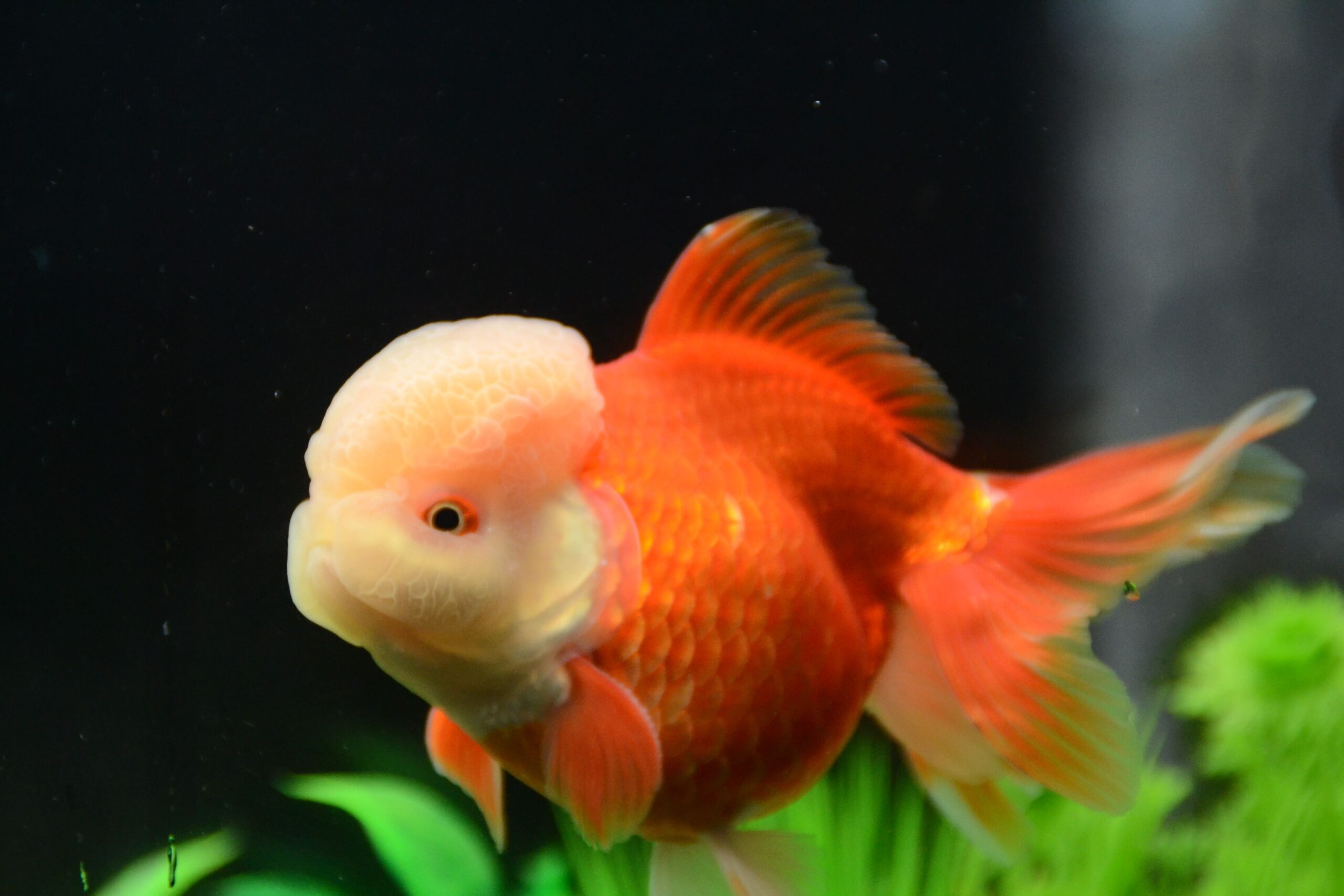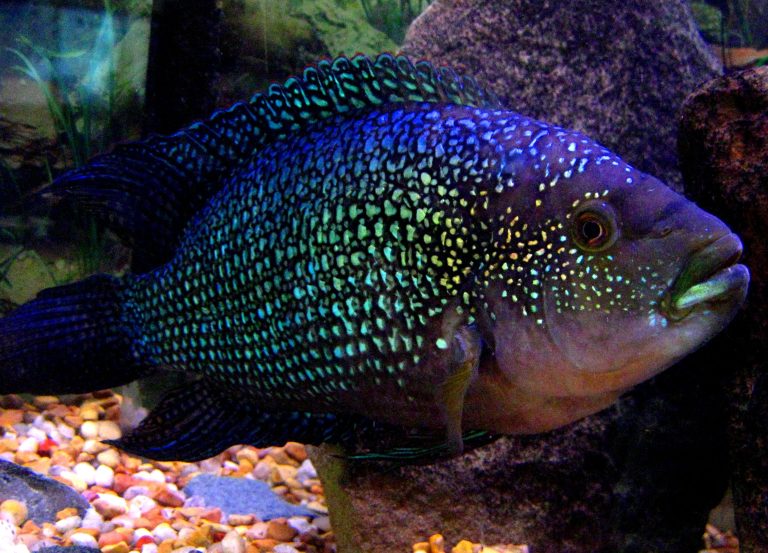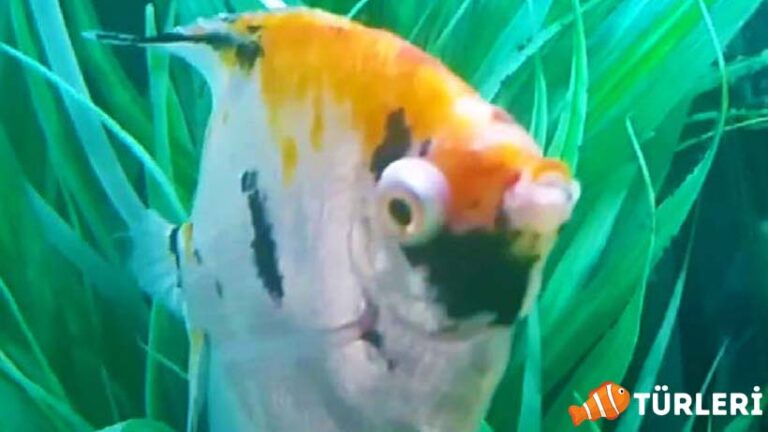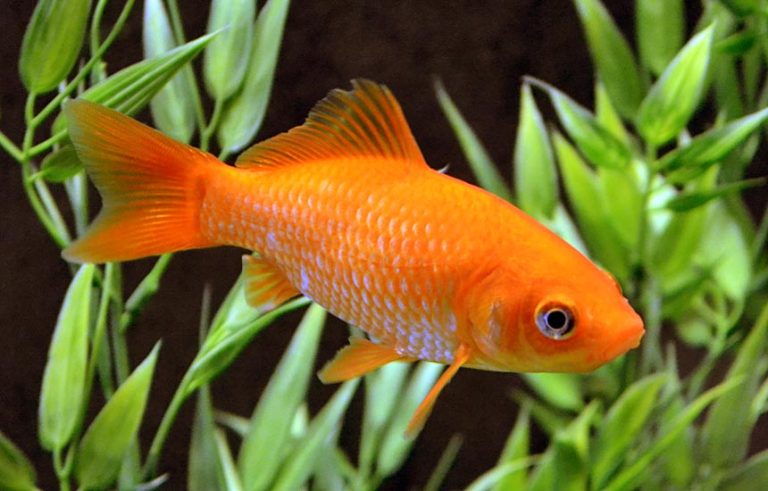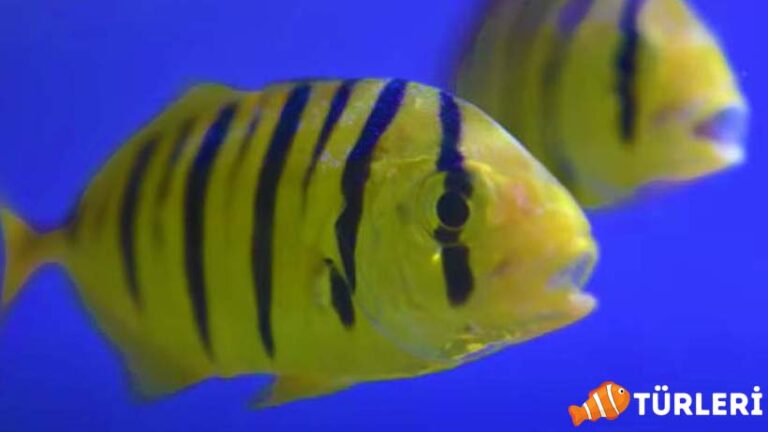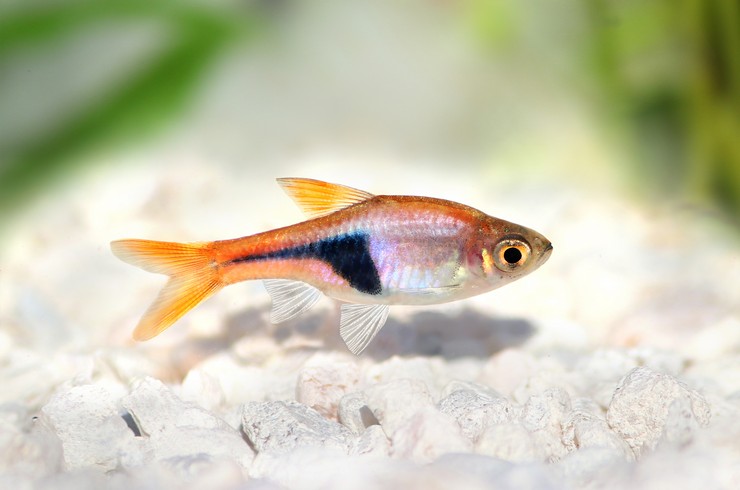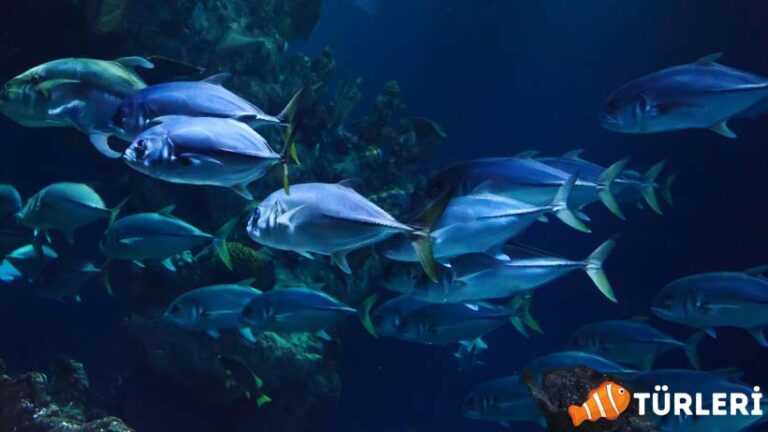Oranda Goldfish: Care, Nutrition, and Suitable Living Conditions
The Oranda is one of the most popular ornamental fish species in the capnip family. These beautiful fish stand out, especially with their broad head structure called a “hood” or “wen”. The care of Oranda fish has specific needs compared to other ornamental fish species, and meeting these needs is important for these fish to live a healthy and happy life.
Oranda Goldfish Species Summary
| Scientific Name: | Carassius auratus var. ‘Oranda’ |
| Origin: | China |
| Diet: | Omnivore |
| Behavior: | Peaceful |
| Behavior Towards Its Own Species: | Peaceful |
| Swimming Area: | All areas |
| Water Temperature: | 18 – 23 °C |
| Water Hardness: | 6 – 18 GH |
| pH Level: | 6.5 – 7.5 |
| Minimum Aquarium Volume: | 40 Liters (however, a larger tank is better) |
| Adult Size: | 15 – 20 cm (some can be larger) |
| Reproduction: | They lay eggs |
| Life Span: | 10 – 15 years (with proper care) |
| Care: | Medium level |
Care:
Oranda fish, in addition to being aesthetically beautiful, are fish that require special care due to their sensitive structures. Here’s a detailed care guide for these lovely swimmers:
- Aquarium Cleanliness: Oranda fish thrive in a high-quality water environment. Therefore, cleaning the aquarium is of vital importance. Changing about 25% of the aquarium water at least once a week can reduce the fish’s stress and maintain high water quality. Care should be taken during this water change; the temperature and pH value of the newly added water should be close to the existing water in the aquarium.
- Filtration: Since Oranda fish belong to the goldfish species, they can produce a large amount of waste. Therefore, they need a robust filtration system. Checking the filter weekly is crucial to prevent blockages or accumulations. Cleaning or changing the filter medium once a month is recommended. However, you shouldn’t completely replace the biological filtration medium all at once; this can destroy beneficial bacterial colonies.
- Diet: Oranda fish should be fed a balanced diet. Quality feeds specifically produced for them should be preferred. Additionally, feeding them live or frozen feed a few times a week can help meet their nutritional needs.
- Aquarium Size: It should be remembered that these fish need more space as they grow. Ideally, an aquarium of at least 40 liters is recommended for one Oranda to start with. However, if you are feeding more than one Oranda, an extra 20 liters should be added for each fish.
- Water Parameters: The ideal water temperature for Oranda fish should be between 18 – 23°C. The pH level should be kept between 6.5 – 7.5, and the water hardness should be between 6 – 18 GH. Water test kits should be used to measure water values regularly.
This information regarding the care of Oranda fish covers the basic requirements for a healthy and happy fish. However, it’s always best to consult expert sources for more in-depth knowledge about caring for these fish.
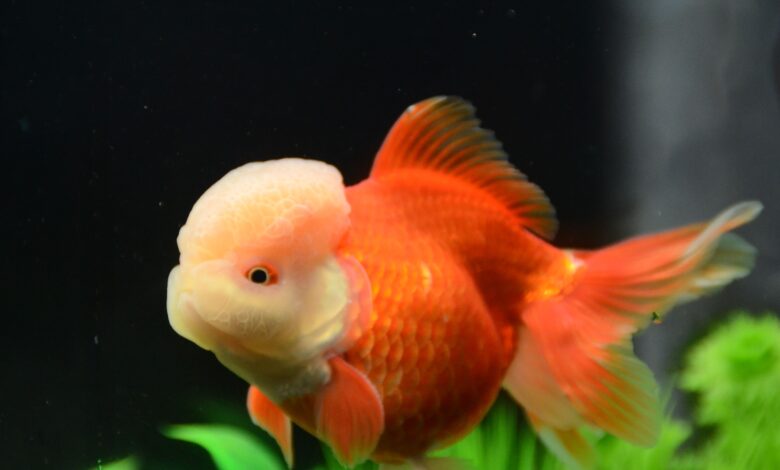
Nutrition:
The nutrition of Oranda fish is a vital factor for their health. Being omnivores, these beautiful fish require both plant-based and animal components in their diet. Here are detailed insights regarding their nutrition:
- Balanced Feed: There are pellet feeds on the market specially produced for Oranda fish. These feeds are balanced to meet the basic nutritional needs of the fish. Regularly giving these types of feeds can help the Oranda get the vitamins and minerals it requires.
- Live and Frozen Feeds: Feeding them regularly with live feeds (e.g., water fleas, tube worms) or frozen feeds (e.g., brine shrimp, bloodworms) provides the Oranda fish with a protein-rich diet. However, giving such feeds too frequently and in excessive amounts can lead to nutritional imbalances and health issues.
- Plant-Based Foods: Plant components are also essential in the diet of Oranda fish. Boiled peas are both tasty and have a regulating effect on their digestive system. Other vegetables like boiled spinach or zucchini can also be given. Furthermore, their plant-based needs can be met with products like algae tablets.
- Feeding Time and Amount: Oranda fish tend to overeat, which can make them prone to obesity. Therefore, it’s best to feed them twice a day, in the morning and evening. Each time, you should give an amount of food the fish can consume within a few minutes.
- Avoid Overfeeding: Overfeeding can lead not only to obesity but also to a rapid decline in water quality. This can result in increased levels of ammonia and nitrite, having serious negative effects on the fish’s health.
When feeding Oranda fish, ensuring a balanced diet and preventing overfeeding are essential. This maintains both their physical and internal health at an optimum level.
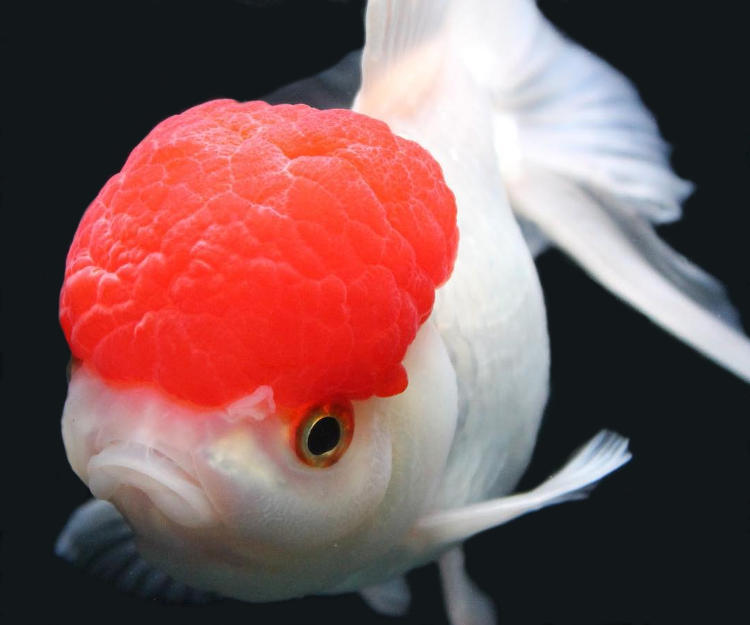
Suitable Living Conditions:
Ensuring specific living conditions for Oranda fish is fundamental for them to lead a healthy and long life. Here’s a detailed guide on the optimal living conditions for these beautiful ornamental fish:
- Water Quality: The most crucial requirement for Oranda fish is a clean and quality water environment. Water parameters should be closely monitored and kept within ideal ranges. The pH level should be between 7-8, and the water temperature should be between 18-23°C. Levels of ammonia, nitrite, and nitrate should be checked regularly and kept at ideal low levels.
- Water Movement: Orandas naturally live in calm waters. Therefore, the water movement in the aquarium shouldn’t be overly strong. The filter’s water turnover rate should be slow enough for the fish to swim comfortably. Excessively moving water can cause stress and negatively affect the fish’s health.
- Aquarium Size: Oranda fish need sufficient space to move around. Initially, an aquarium of at least 40 liters is recommended for a single Oranda. Adding an extra 20 liters to this volume for each additional Oranda ensures they can swim comfortably.
- Decoration: Decorating the aquarium with decorations that mimic Oranda fish’s natural habitats makes them feel more comfortable. Soft-leaved plants, caves, and other hiding places reduce stress and allow the fish to rest comfortably. However, one should avoid objects with sharp edges that could harm the fish’s fins.
- Lighting: Direct sunlight should be avoided for Oranda fish, as it can quickly raise the water temperature and lead to algae proliferation. Lighting for 8-10 hours a day is sufficient. Excessive lighting can create stress and promote algae growth.
- Inter-species Compatibility: Oranda fish usually get along well with other peaceful ornamental fish species. However, they shouldn’t be kept with fast swimmers or aggressive fish. This can increase competition and stress during feeding.
- Protection from Stress: Sudden temperature changes, excessive lighting, high water movement, or incompatible fish species can cause stress in Oranda fish. This can weaken their immune system and make them susceptible to diseases. Therefore, these stress factors should be avoided.
In conclusion, providing the suitable living conditions Oranda fish require allows them to live healthily and happily. Regular maintenance of the aquarium ensures these conditions are consistently kept at optimum levels.
Being knowledgeable about the care, feeding, and living conditions of Oranda ornamental fish can aid in ensuring these beautiful fish have a long and healthy life. Showing the necessary care to provide them with the best living conditions ensures happiness for both the fish and their owners.

